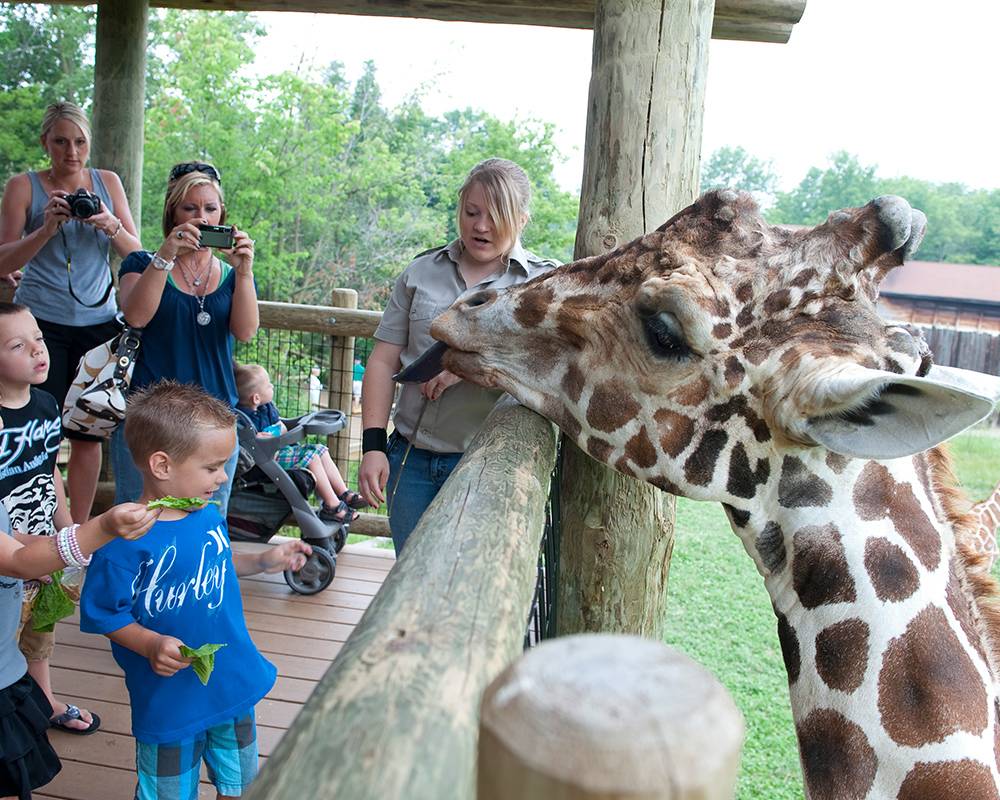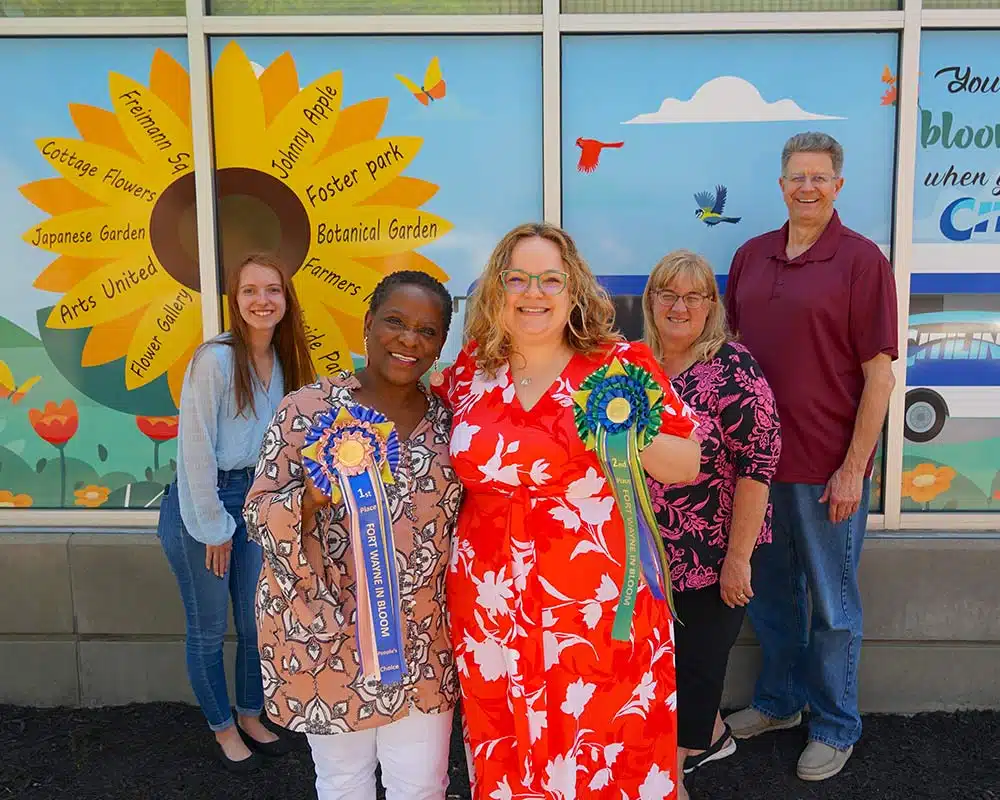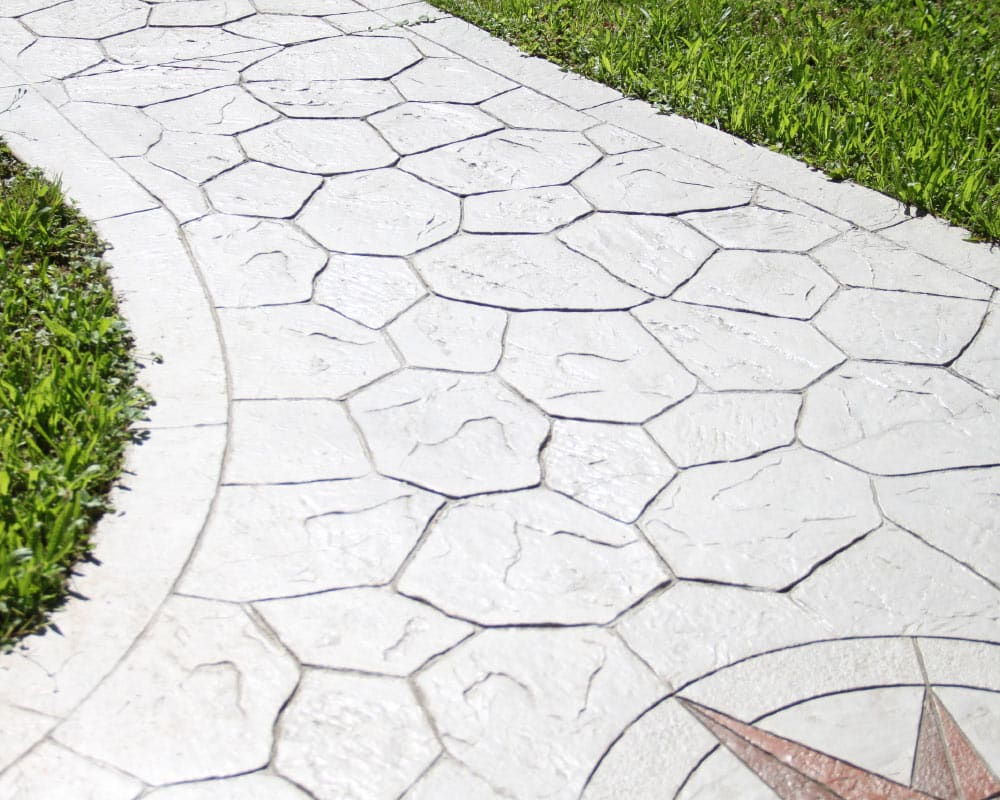We love watching the bunnies hopping across the lawn or squirrels scurrying away with cheeks full of seeds, until they dine on our favorite shrub or bite into each ripe tomato in the garden. Finding a way to coexist with wildlife is critical both for their survival and our sense of wellbeing.
Here are strategies to help us support and enjoy wildlife while caring for our landscapes.
- Reducing the amount of edge habitat, where one type of habitat meets another, can reduce the risk of damage. Create circular or square garden beds that have more interior space and less border space. Long, linear beds with more edges and less interior space allow easier access for animals to dine.
- Work with neighbors to create large corridors of habitat. Providing wildlife with spaces containing food and shelter can help you coexist peacefully.
- Protect key gardens and plants. Fencing is an option. Make sure your fence is high enough, tight to the ground, and that the gates are secure.
- Repellents are a less obtrusive option. Select a product labeled for the animals you’re trying to manage. Look for a product like organic, bird- and pollinator-friendly Plantskydd (plantskydd.com), that’s rain- and snow-resistant, thus requiring fewer repeat applications.
- Cultivate a natural balance in your landscape. Invite hawks, owls and foxes to your backyard. Grow tall grasses and plants that provide cover. Include trees with good perches or install perch poles to attract raptors.
- Start with a plan. Sketch your existing landscape and identify plants and wildlife-friendly habitats. Note the natural habitats and any supplemental food, water and shelter you provide. Review and update it throughout the year. Now decide what you want to accomplish. What wildlife do you want to attract and have space to support? Perhaps you want to attract more songbirds, or animals like toads, which help to manage pests. Make sure your landscape provides the habitat features needed to attract and sustain these welcome residents.
- Utilize resources such as National Wildlife Federation, Audubon, Natural Resources Conservation Services, Department of Natural Resources and University Extension websites.
Be patient and evaluate the results of your efforts after a year. Then make any needed changes to meet your goals.
Developing a landscape you enjoy, that supports wildlife, takes time. It’s an exciting adventure!
Melinda Myers has written more than 20 gardening books and hosts TV, radio and Great Courses programs about gardening. Learn more at MelindaMyers.com. ❚















